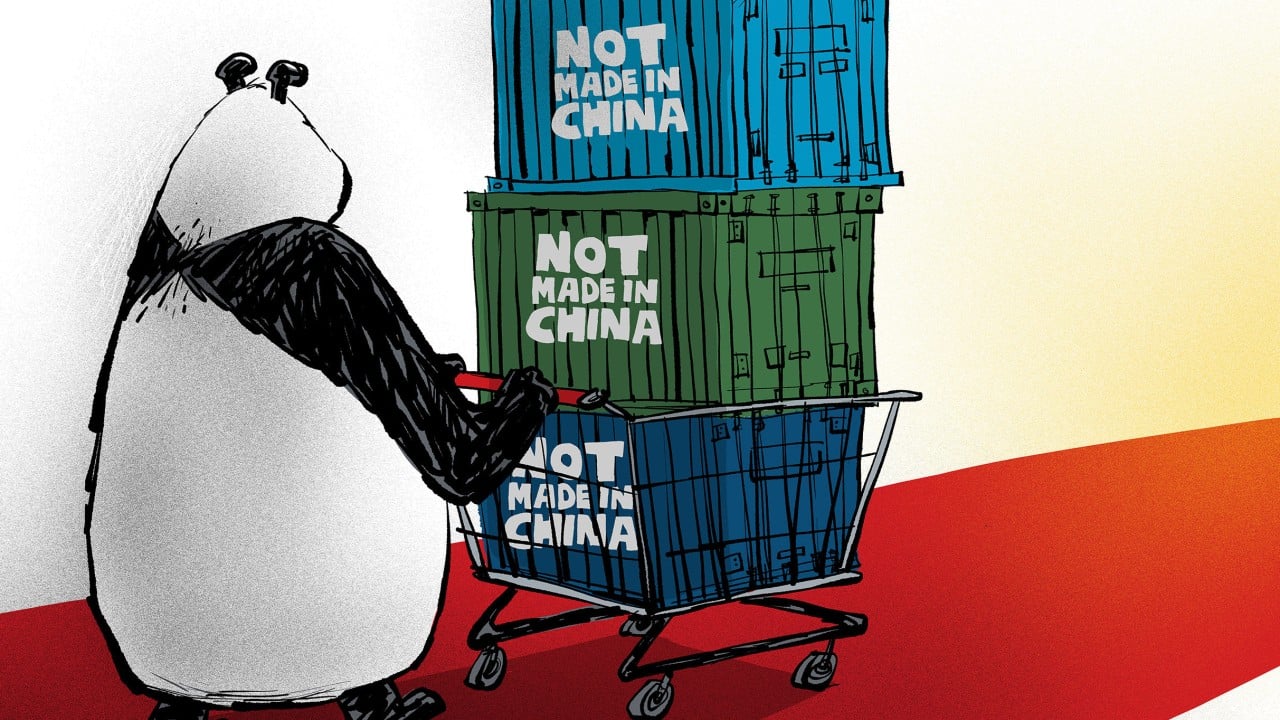In 2009, China surpassed Germany to become the world’s largest exporter of goods, a position it has maintained for the past 16 years. This export dominance has been instrumental in propelling China’s economy forward, enabling it to overtake Japan in 2010 as the second-largest economy in nominal GDP, trailing only the United States.
Advertisement
By 2013, China had also eclipsed the US as the world’s largest trading nation in goods, measured by the combined value of imports and exports. These milestones underscore its remarkable transformation from an inward-focused economy to a global powerhouse.
Now, as China’s leadership prepares to meet from October 20-23 to deliberate on the 15th five-year plan, it is imperative for Beijing to chart a new course: overtaking the US to become the world’s largest importer within the next five to 10 years.
This shift would not only mark a pivotal evolution in China’s economic strategy, it would also carry profound geopolitical and economic implications for the nation, its key trading partners and the rest of the world.
The five-year plan, a legacy of the Soviet-style planned economy, has evolved far beyond its original rigid production targets and ideological framework. Today, it serves as a comprehensive blueprint encompassing economic development, environmental protection, education and social welfare programmes.
Advertisement
The upcoming plan is particularly critical as China aims to achieve its goal of becoming a “modern socialist country”. Central to this ambition is accelerating the transition to a consumption-driven economy, addressing structural imbalances that have long prioritised investment and exports over domestic demand.

